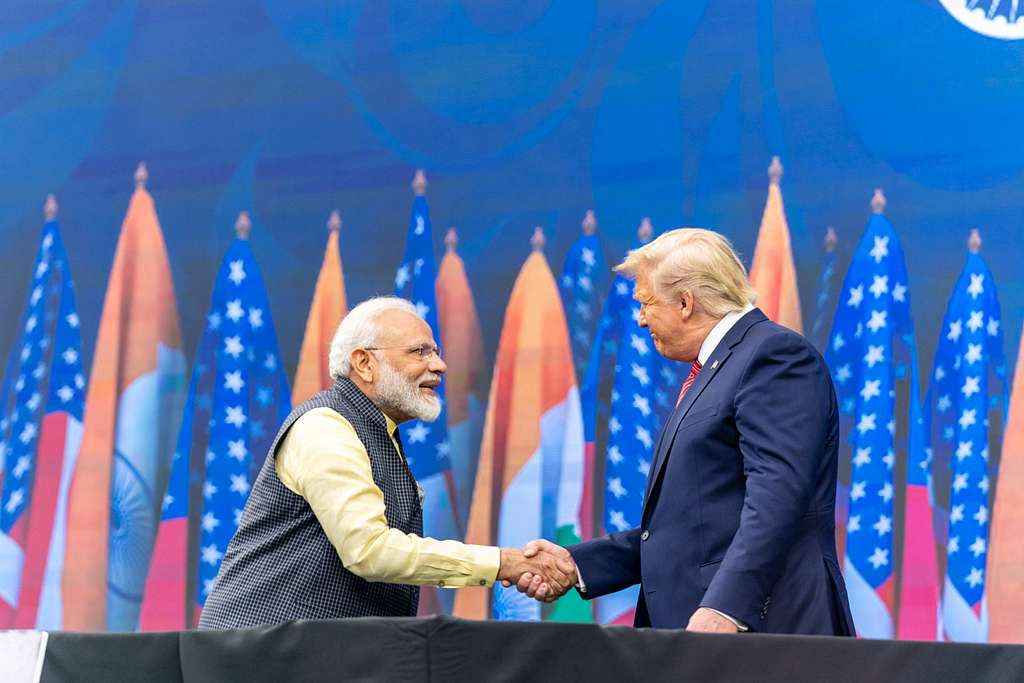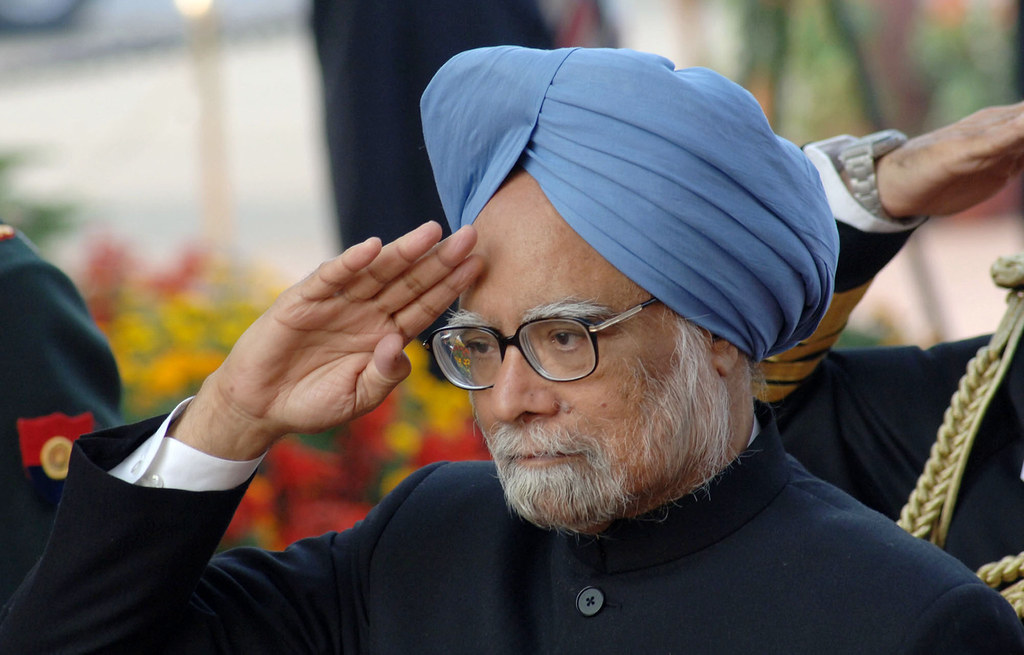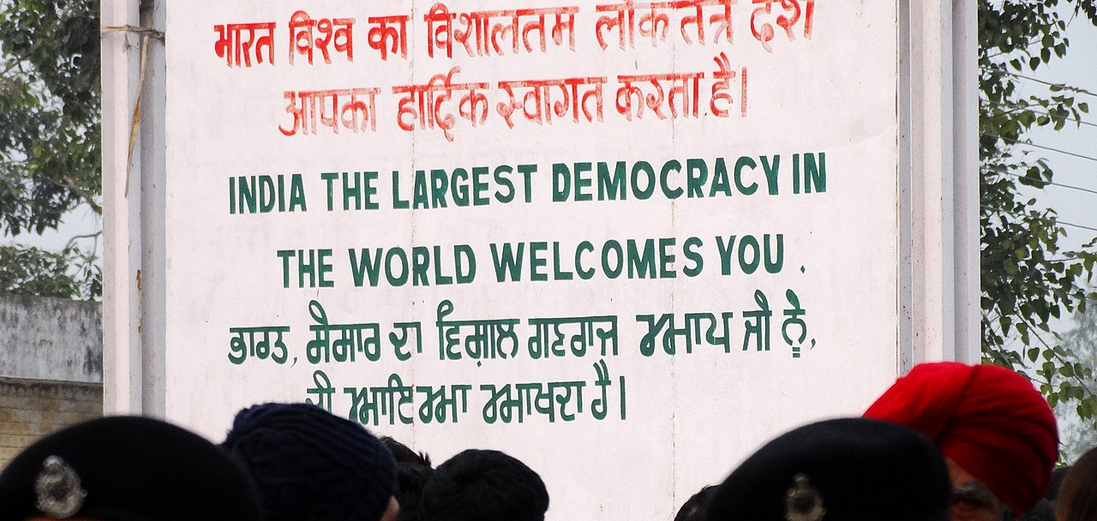For almost a decade now, the Narendra Modi-led Bharatiya Janata Party (BJP)’s political playbook has revolved around a well-planned kaamdar vs naamdar (worker vs dynast) narrative. The binary of positing Prime Minister (PM) Modi as the rooted underdog from rural Vadnagar versus Rahul Gandhi as a privileged dynast from Lutyens Delhi has been remarkably successful. And yet, in the lead-up to the 2024 general elections, the roles of the two principal adversaries may be imperceptibly, and rather intriguingly, reversing: Modi as an astutely branded vishwaguru (global teacher) is now a symbol of the New India establishment, while Gandhi as a self-proclaimed tapasvi (ascetic) on a nationwide Bharat Jodo Yatra in an attempt to be the mascot of the anti-establishment sentiment.
In 2014, Modi was projected as the quintessential outsider, a Hindutva muscular-nationalist from outside Lutyens Delhi who was promising to break the status quo and bringing achche din (good times) to the voter. Gandhi, by contrast, was lampooned as pappu (simpleton), lacking the maturity or intelligence to be a future PM, an ostensible beneficiary of dynastical lineage. It was, as the results in both 2014 and 2019 so tellingly illustrated, a bit of a no-contest.
In 2023, Modi is no longer the outsider. Nearly a decade in power at the Centre has come with the trappings of privilege and the cult of personality politics. Recall the viral video of the PM feeding peacocks in the well-manicured gardens of 7 Lok Kalyan Marg, pictures that conveyed a sense of imperial splendour. Or of Modi dressed in a saffron shawl unveiling the Ashoka lions national emblem structure atop Parliament, the Gujarat ka sher (Gujarat’s lion) now firmly embossed in the public imagination as a larger-than-life leader. From vaccine certificates to welfare schemes, is there any government outreach programme not accompanied by an image of the PM?
The vishwaguru mantra aims to place the PM on an entirely different pedestal from his contemporaries: Having established him as the country’s neta #1 by some distance, it seeks to cement international recognition as a world leader of stature. Modi may still be the relentless election campaigner as he proved so effectively in Gujarat recently. But there is another, more statesmanlike, aspect — be it on a global stage while appealing for an end to the war in Ukraine or in the domestic arena when urging his party to reach out to marginalised communities, almost a modern-day cult figure who has transcended old-style politics.
Contrast the wardrobe and coiffure of an impeccably turned-out Modi with an unkempt, bearded Rahul Gandhi holding a mashaal (torch) and walking the streets of the country, embracing some face in the crowd, looking more like an eager student activist on a march. Even his wearing a plain white tee-shirt in north India’s winter chill is designed to suggest that the new Rahul Gandhi isn’t an entitled inheritor or a cotton-wooled “pappu”, but a marathon man on an arduous journey of self-discovery.
Where once he was criticised for being inaccessible, the yatra has projected Rahul Gandhi as someone willing to converse and listen to a wide cross-section of people. By raising the concerns of marginalised groups, he appears intent on offering himself as the voice of those who feel left out of India’s growth story, more as an ideologue for alternative politics than a power-hungry neta. In his often rather abstract philosophical interventions on life and Hinduism, the aim is to suggest an air of virtuous renunciation rather than ruthless ambition.
Even in his choice of giving interviews to YouTubers and not mainstream media, Rahul Gandhi is breaking conventional rules and trying to create a more new-age image. By addressing a series of press conferences and taking impromptu questions, he seeks to amplify an attitude of candour and honesty. On this front, the contrast is between an Opposition politician facing tough questions and a PM who has given only a few interviews in eight years.
The vishwaguru storyline is likely to gather greater momentum ahead of the September heads of State G20 summit where Modi will occupy centre stage and the pomp and pageantry of the Indian State will be in full gaze. The grand event will be eulogised as India’s coming-of-age moment on the global high table, and Modi as an embodiment of national pride.
By contrast, Rahul Gandhi’s gruelling yatras — the Congress is planning an east-to-west yatra next — are unlikely to garner as much media attention. Where encomiums are spun around the vishwaguru image, Gandhi’s off-the-cuff remarks will continue to invite a measure of scepticism. The unheard voices that the Congress leader claims to speak for won’t have a force-multiplier effect in the absence of an effective party organisational structure or institutional support. And, of course, there is still no demonstrable public or electoral impact of the yatra.
The contest between an all-powerful vishwaguru and a dreamy-eyed yatri is not being fought on a level-playing field. And yet, for the sheer distinctiveness in approach, it does inject a fresh dimension to Indian politics even if the 2024 electoral outcome may appear more predictable at the moment.
Post-script: I asked one of Gandhi’s fellow yatris what the journey had achieved for the Congress leader. “We don’t know whether it will get the party more votes, but it has certainly earned Rahul the respect of our cadres,” he remarked perceptively.
Rajdeep Sardesai is a senior journalist and author
The views expressed are personal





































































































































































